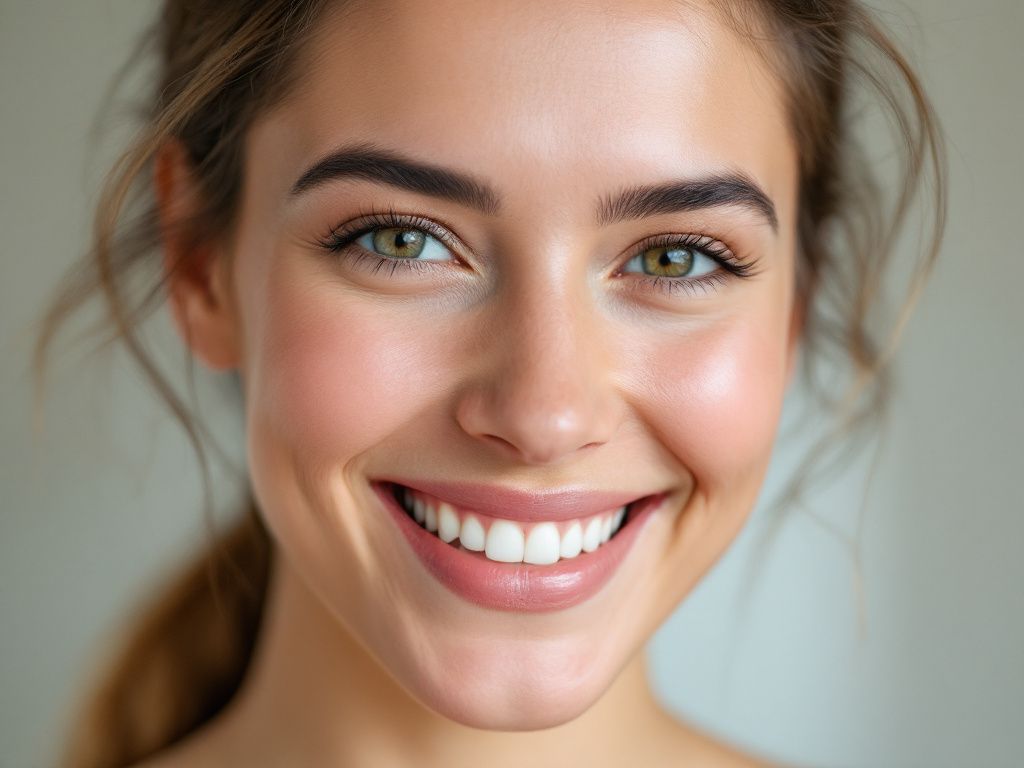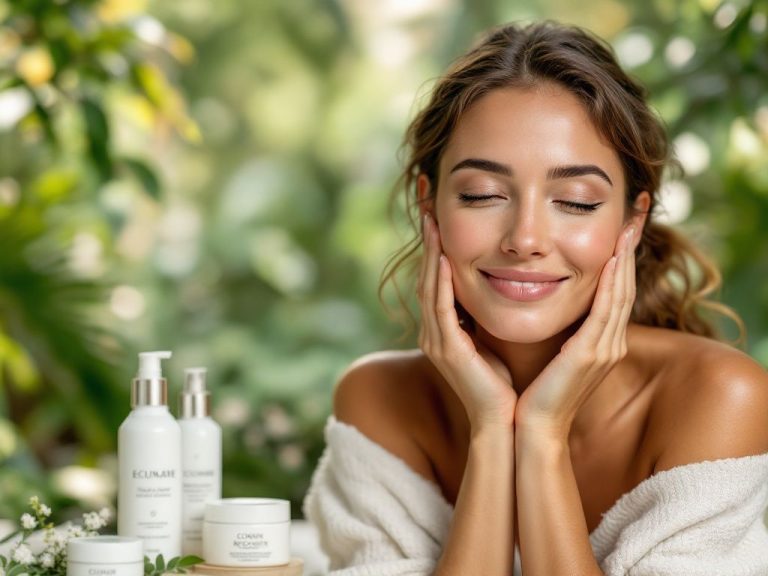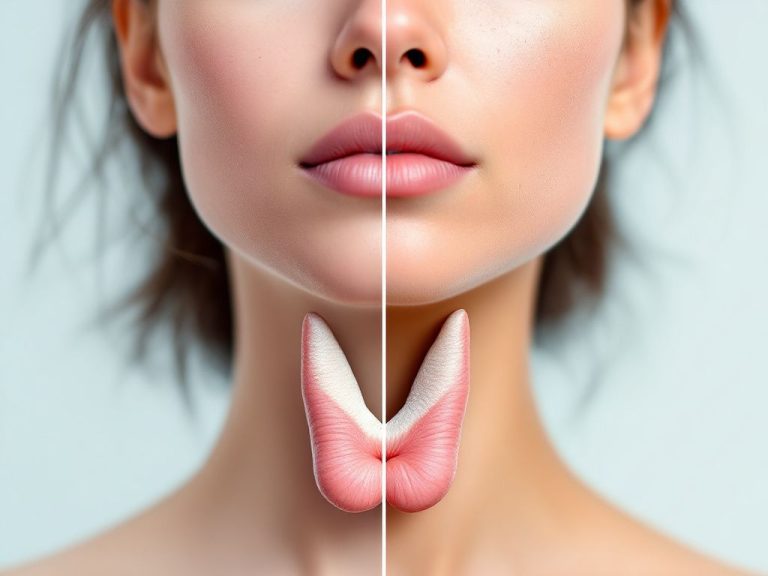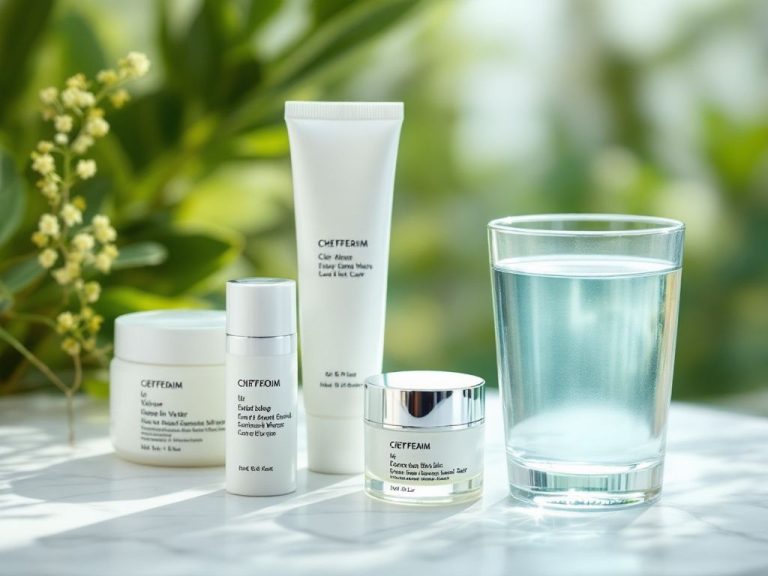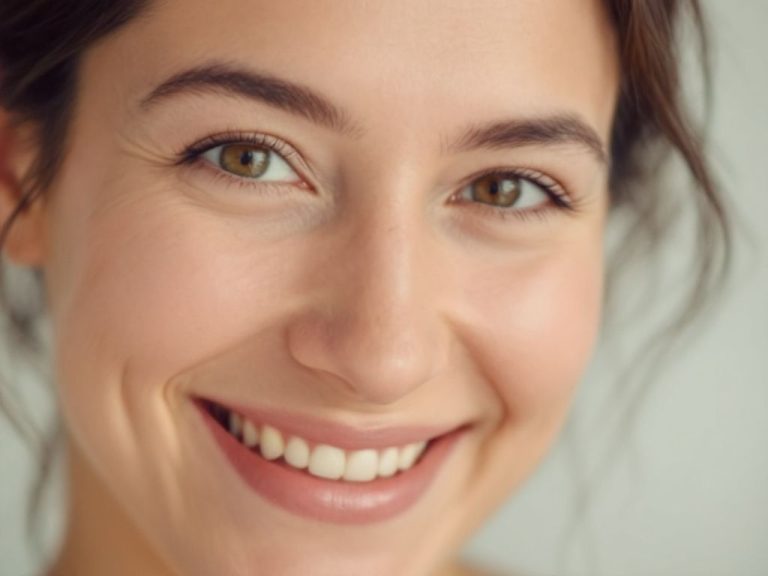Have you ever been on your morning commute, glanced in the mirror, and noticed a new cluster of unwelcome guests dotting your hairline? It’s frustrating, right? You’re not alone. Hairline acne is one of those annoyingly common skin issues that seems to sneak up on us, especially when we’re prepping for a big day or event. Let’s dive into why you might be getting these breakouts and—more importantly—how to tackle them effectively.
Table of Contents
ToggleWhat’s the Deal with Hairline Acne?
So, why does it always seem like spots love to camp out around your hairline specifically? One culprit is pretty straightforward: oils. That hair you’ve carefully shampooed and conditioned still has oils that can creep onto your forehead. Combine this with products you might be using close to your scalp—whether it’s conditioner, gel, or even sunscreen—and it’s a recipe for blocked pores.
Each Follicle a Potential Problem?
Think about it this way: each pore on your skin is like a tiny tube. It gets filled with hair follicle oils, bacteria, and dead skin. When these tubes get clogged, acne blossoms. The hairline area is particularly sensitive as it’s where your scalp produces a ton of oil. Trust me, we’re talking a lot of oil.
Getting to Know Your Skin and Products
Switching up your hair care products might be an initial step worth considering. Take a close look at labels. “Non-comedogenic” is a buzzword you’ll want to remember. Products bearing this label are less likely to cause blocked pores. And since hairline acne is essentially about keeping those little guys clean, this can make all the difference.
Avoiding the Offenders

Another key aspect is to be choosy with hair products. Avoid those with heavy formulas that can trickle down to your skin and stimulate more oil production or irritation.
Daily Habits Worth Implementing
Simplicity is your friend here. Routine can be powerful if you’re religious about it—okay, maybe not in the textbook ritual sense, but something you stick to.
- Gentle Cleanser: Start with a mild facial cleanser that doesn’t strip your skin. Foam or gel-based ones are usually best.
- Don’t Skip the Moisturizer: Hydration is crucial. Opt for a lightweight, oil-free moisturizer. Yes, even oily skin needs moisture.
- Spot Treating Wisely: Consider dabbing on a bit of spot treatment. Whether it’s benzoyl peroxide or salicylic acid, they’re both little superheroes in their own right.
Addressing Hair Practices
A super crucial—and somewhat surprising—part of this process? How you handle your locks.
Shampoo and Conditioner Check

Using sulfate-free shampoos might let your scalper breathe easier, but they also ensure to maintain a healthy moisture barrier. Avoid clogging your pores by naturally migrating oils. As for conditioners, apply just to the ends. You can avoid contact with your hairline altogether doing this.
Mindful Styling
If you’re big on hair gels, sprays, or wax, be cautious. Too much product near your skin = breakout potential. Style strategically by applying products mainly to the body ends and middle sections of your locks. Your face-kind environment will thank you.
Facial Skin TLC
Pampering the skin is probably the most laid-back approach, but highly effective.
- Exfoliation Makes a Difference: Aim for an exfoliation routine once or twice a week. Gentle is the way to go. You want to remove dropdown debris without injuring your skin deeper.
- Deep-Cleaning Masks Rule: Try charcoal or clay masks every week. These masks pull oils and impurities securely out of the pores without harshness.
- Protective Accessories: You’ll be shocked by how your hair accessories can help breakouts. Headbands, caps, or scarfs will infuse beneficial elements to devour oil excess before they become a problem.
A Boom of Lifestyle Tweaks

Enhancing your skincare means looking out for supportive habits, too. Overall, a healthy lifestyle promotes a seamlessly fresh experience.
Stress Buster Strategies
Cortisol, our stress hormone, can really ruin a good skin vibe by spurring up those sebaceous glands, hence amping the acne patch’s counterparts. Consider relaxation gadgets—we’re talking about yoga, meditation, calming hobbies—it’ll aid your overall starred skin regime. A lifetime changer.
There is No Bad Diet, Only Bad Habits
If munching less salad and crunchy packages on repeat is being preferred, now reintroduce some balance. Incorporate skin-friendly nutrients like Omega-3s and Antioxidants to derive that skin satiated glow.
Wrapping it Up
I get it; hairline acne can be tricky. But with the right mix of care and conscious decisions, you can drive it away. Cleanliness, thoughtful choices about hair and skin products, plus attentiveness to daily rituals, form the backbone of an effective strategy.
And remember, persistence pays off. Real transformations take time—perhaps weeks, sometimes months. Good things, after all, come from careful measures, thoughtful grounding, and unstoppable consistency. So, next time you eye that blotch near your forehead, take a deep breath, plunge into those practices; a prettier, clearer face is the fondest reward.
Keep your head held high; clear skies are more than likely just ahead.
Frequently Asked Questions
What causes hairline acne?
Hairline acne can be caused by several factors, including the use of hair care products that contain oils and irritants, hormonal changes, family history of acne, and the use of headwear such as hats, helmets, or headbands that trap sweat and dirt. Additionally, makeup products like thick foundations and concealers can clog pores and lead to acne[1][2][3).
How can I prevent hairline acne?
To prevent hairline acne, it is important to maintain good hygiene by washing your face and hair regularly with gentle, non-comedogenic products. Avoid using oily hair and facial products, and wash your hair and face after activities that make you sweat. Also, avoid tight headwear and ensure your pillowcases and bed sheets are regularly cleaned to prevent the buildup of bacteria and oil[1][3][4).
What are the effective treatments for hairline acne?
Effective treatments for hairline acne include using gentle cleansers, exfoliants, and benzoyl peroxide solutions to clear pimples and reduce redness. Topical medications, oral antibiotics, and isotretinoin may also be recommended by a dermatologist. For scalp acne, medicated shampoos containing salicylic acid, glycolic acid, or ketoconazole can be helpful[1][2][5).
Can hairline acne have any serious effects on my health?
While hairline acne itself is not typically severe, it can lead to emotional health issues such as a lack of confidence, anxiety, and depression. Inflammatory acne can also result in permanent scarring. If the condition persists or worsens, it may indicate a more significant skin issue that requires medical attention[2][3][5).
References- How to Get Rid of Hairline Acne – Buckhead Dermatology.
- What You Need to Know About Pimples on Your Hairline – WebMD.
- Pimples in Hairline: Causes and Treatment – Healthline.
- Hairline Acne: How to Treat and Prevent the Right Way – Augustinus Bader.
- Scalp acne: Treatment, causes, and prevention – Medical News Today.

